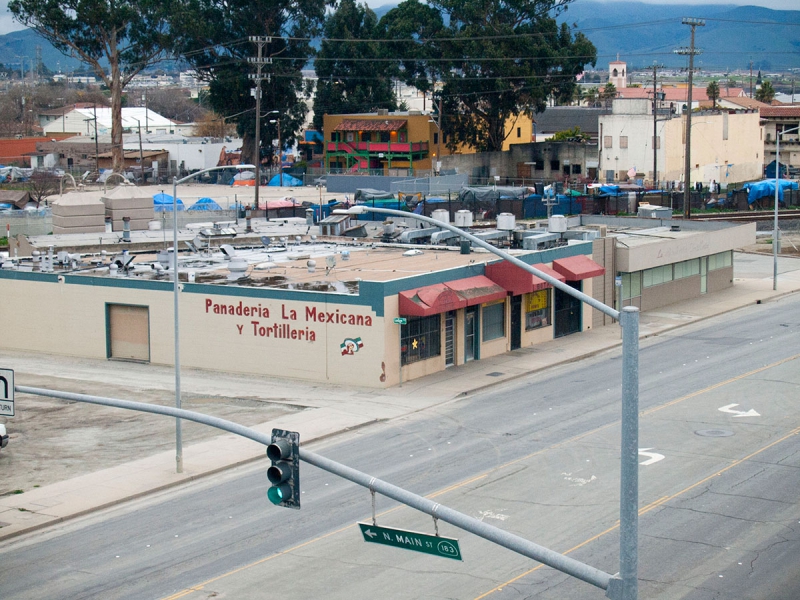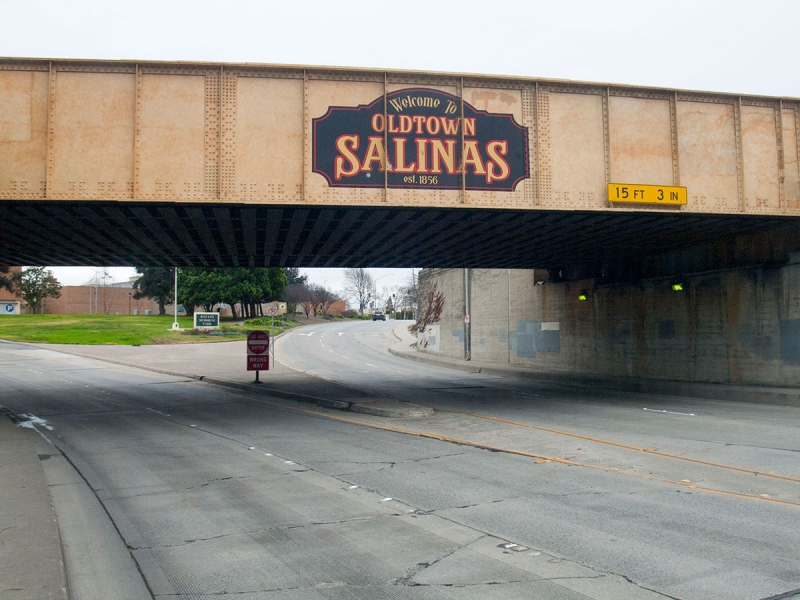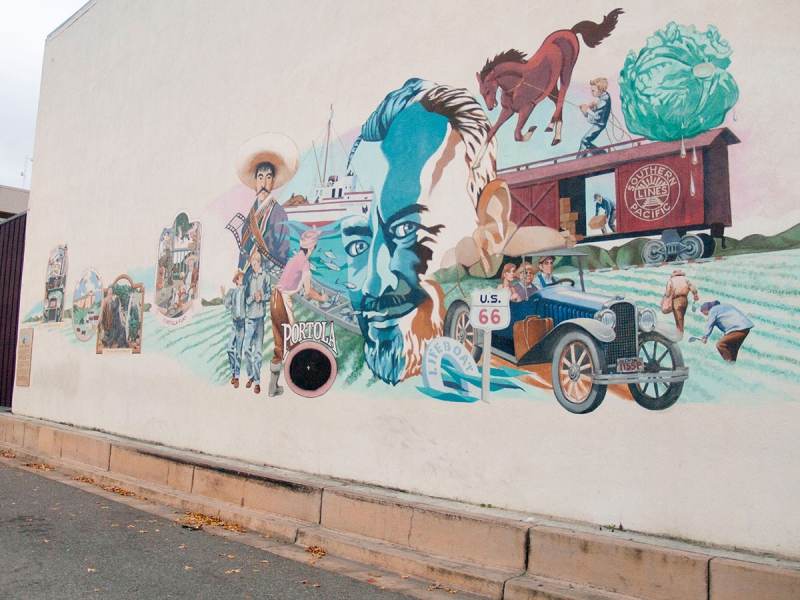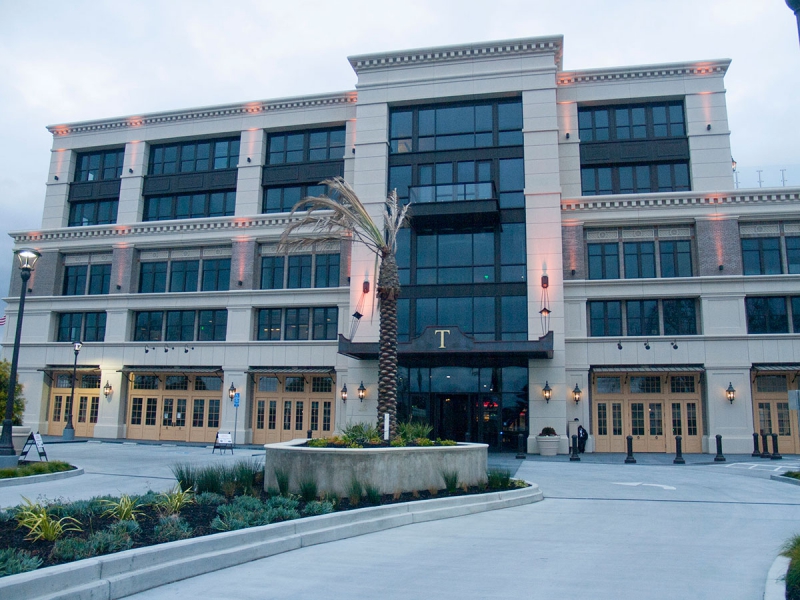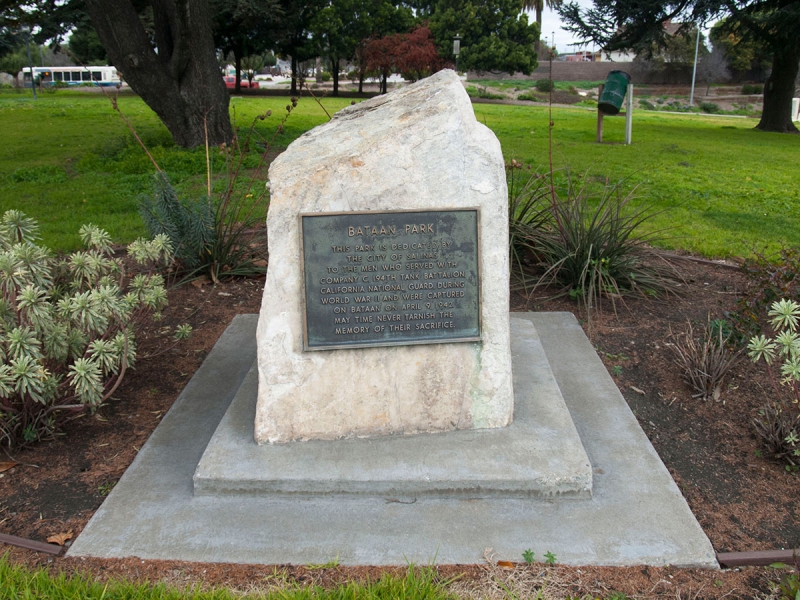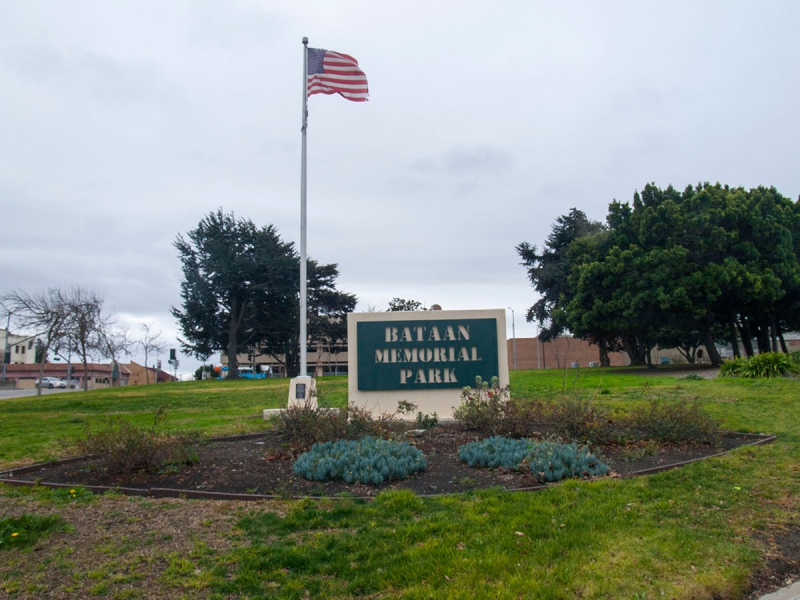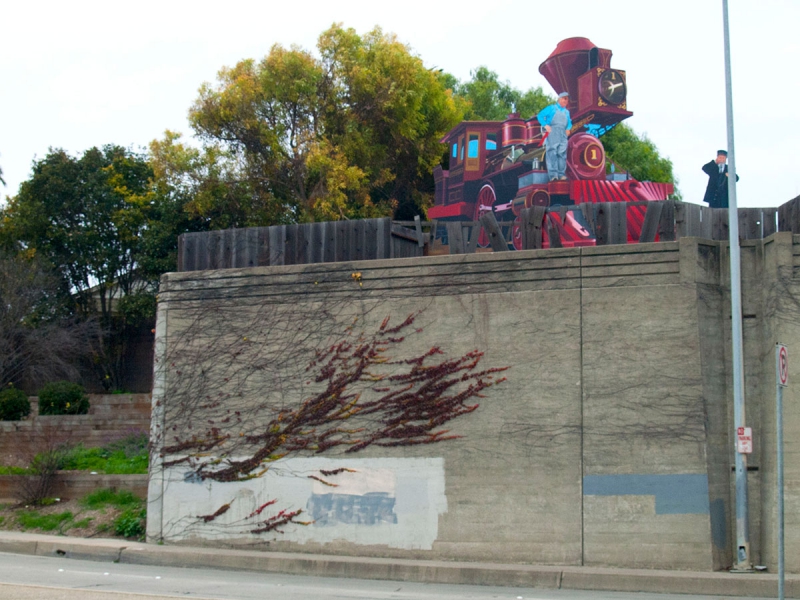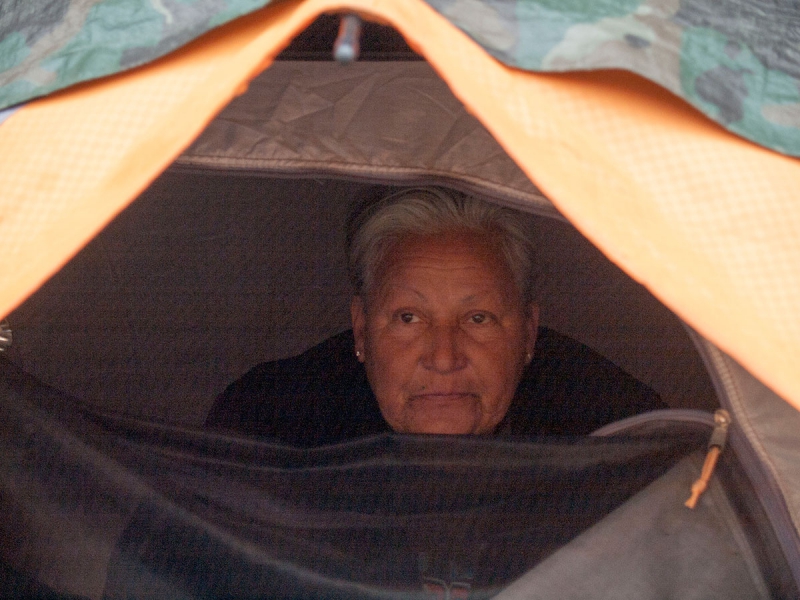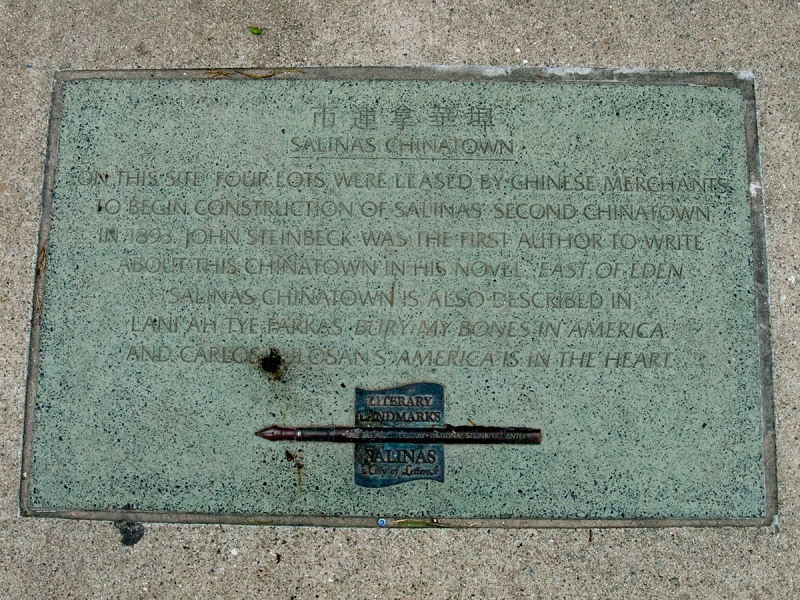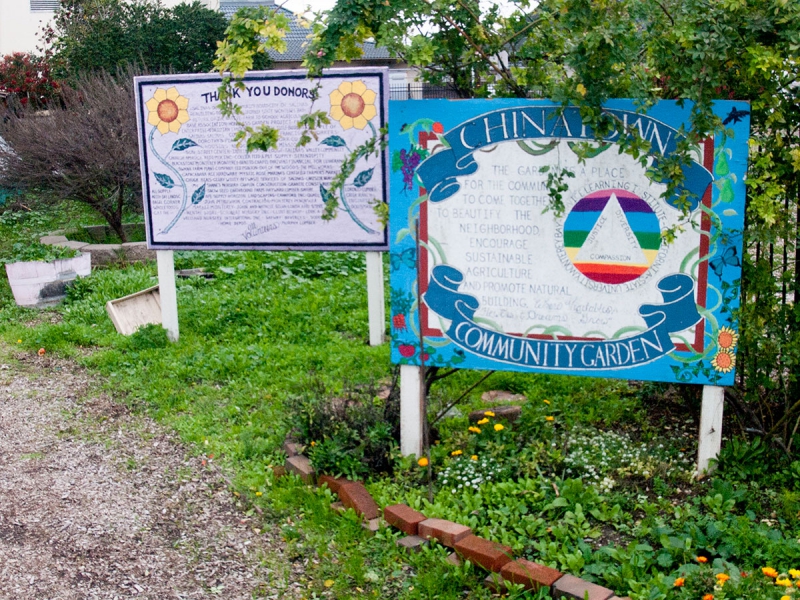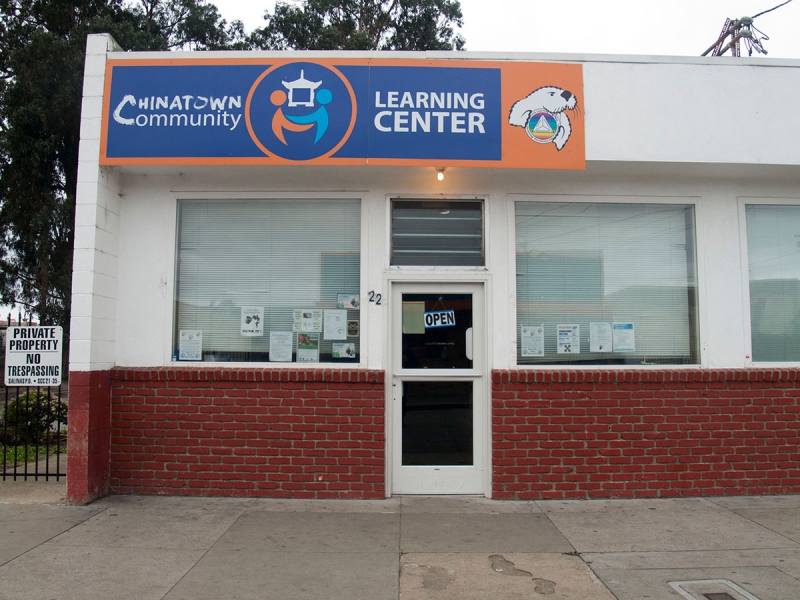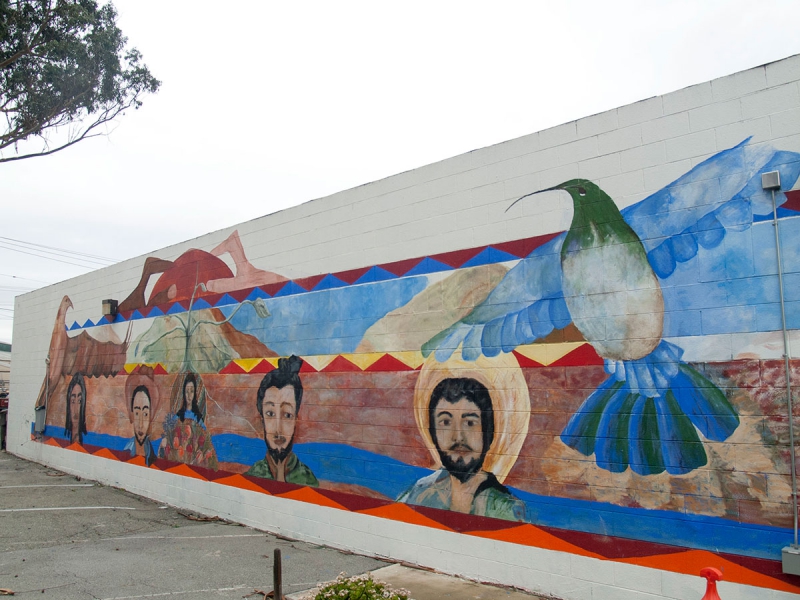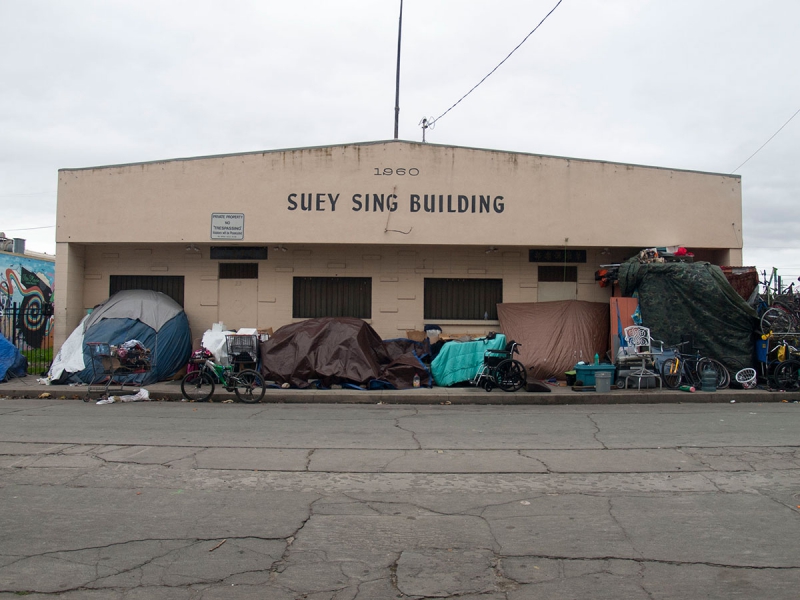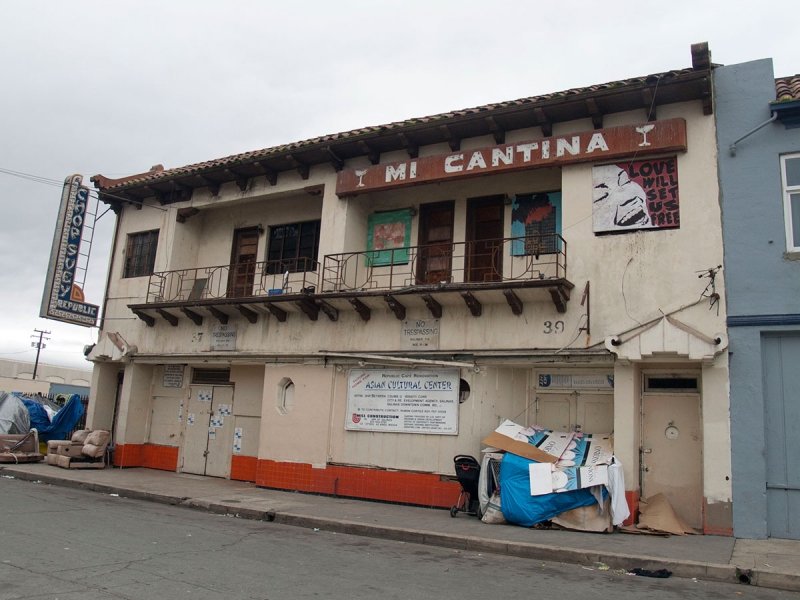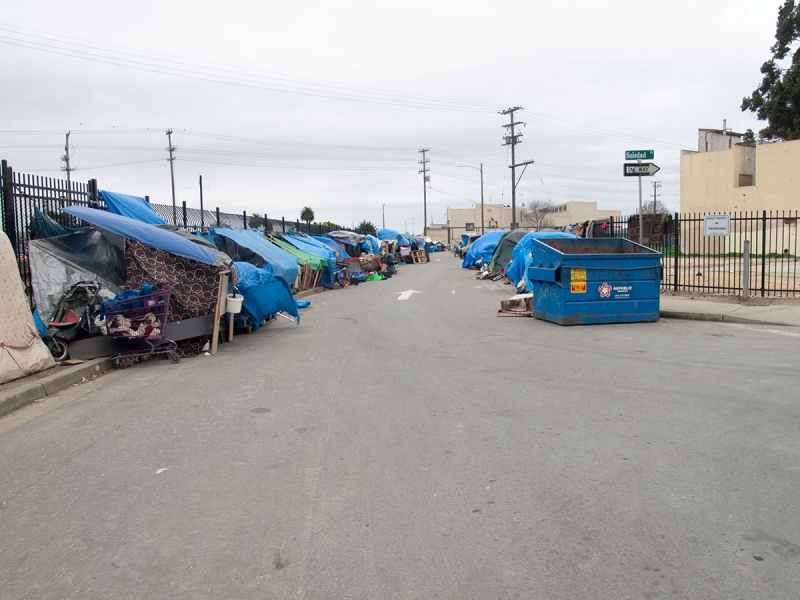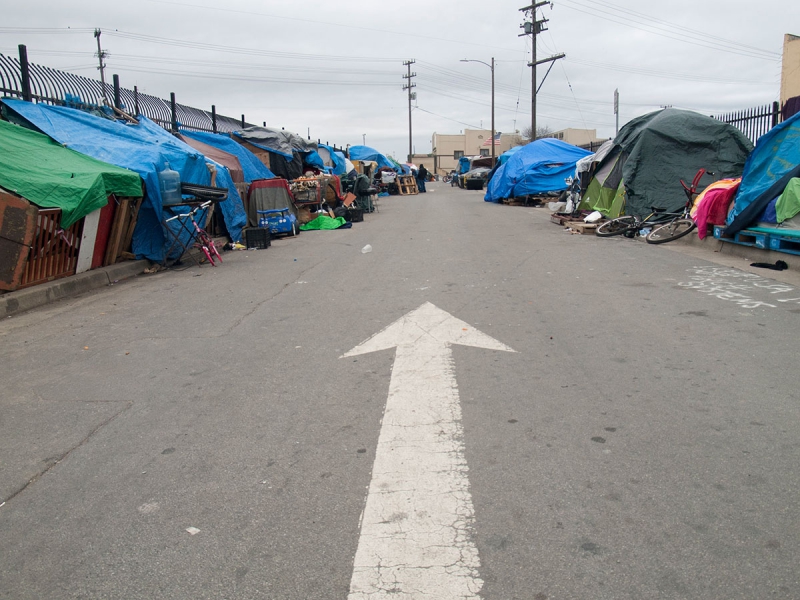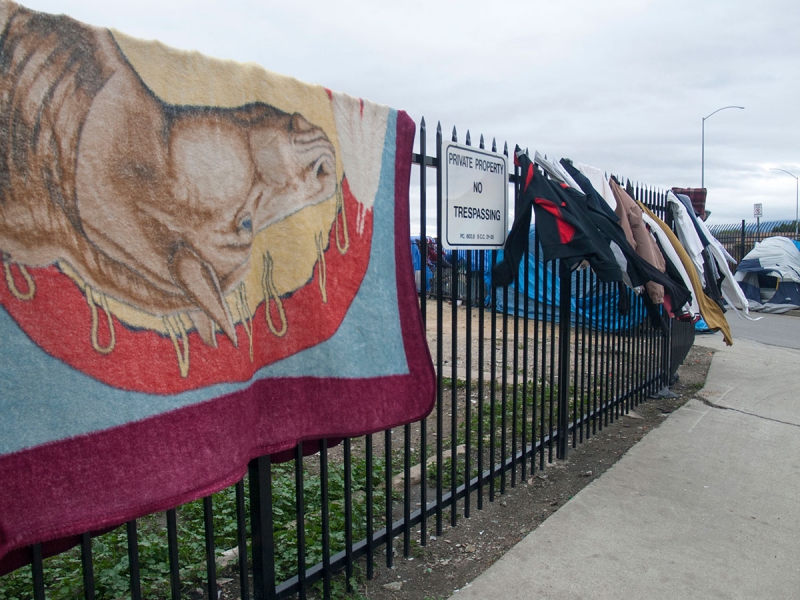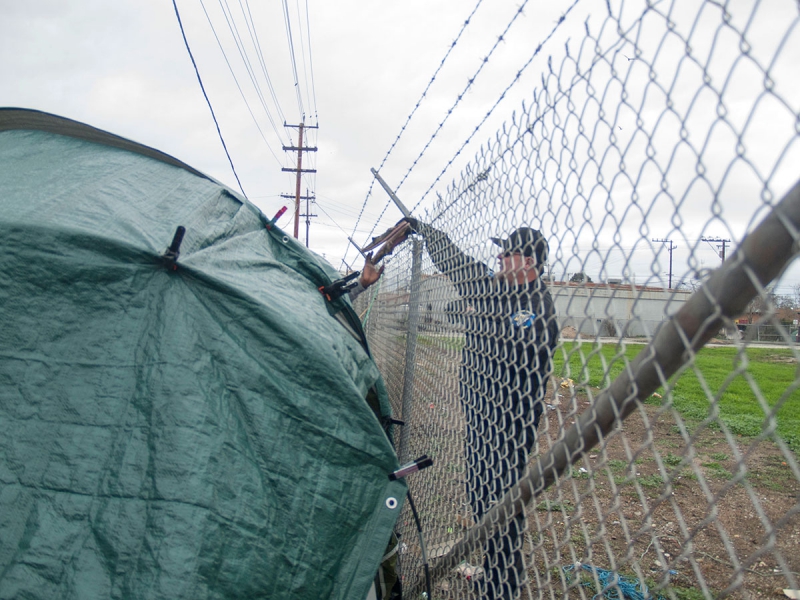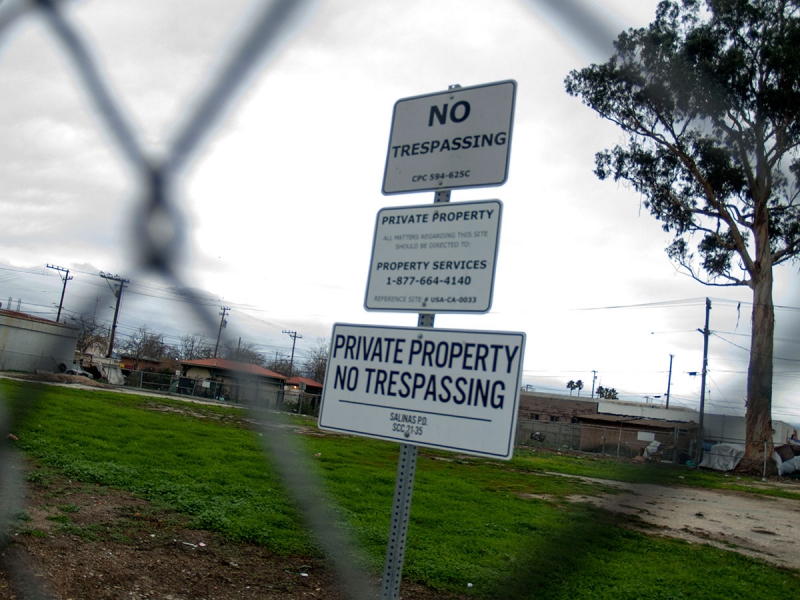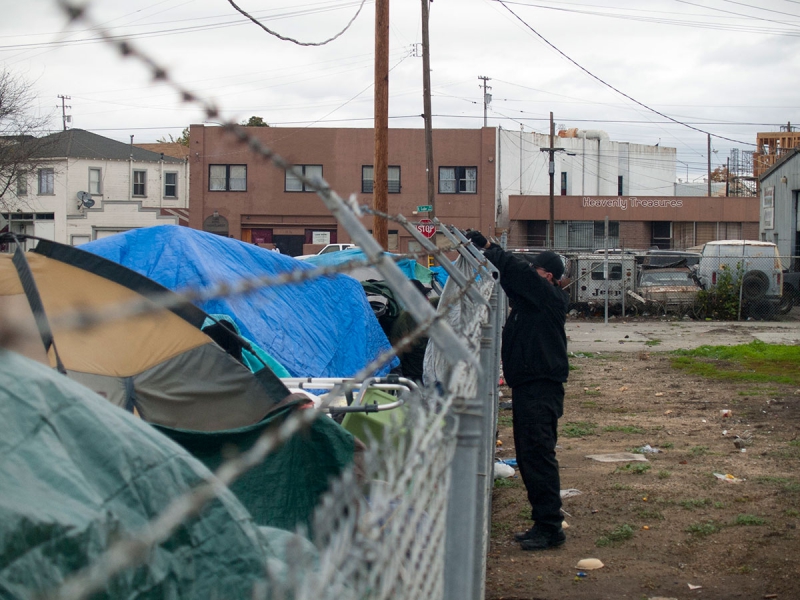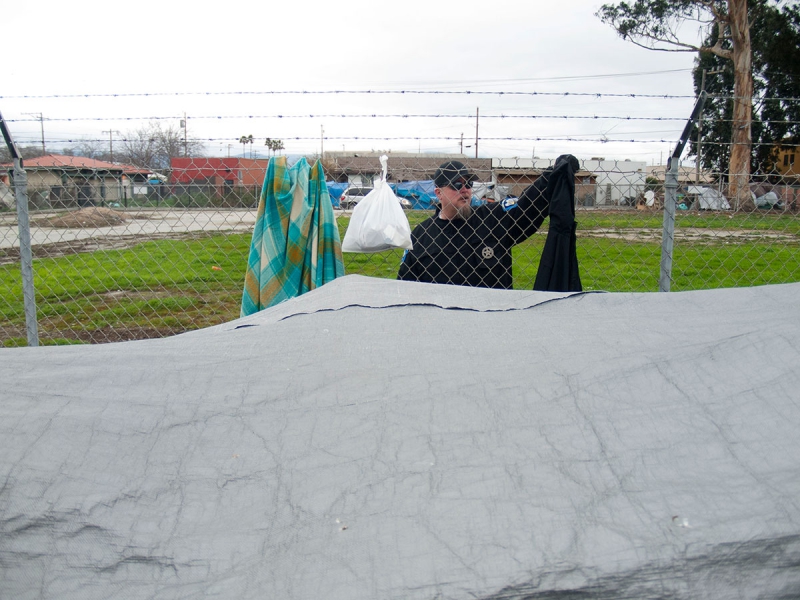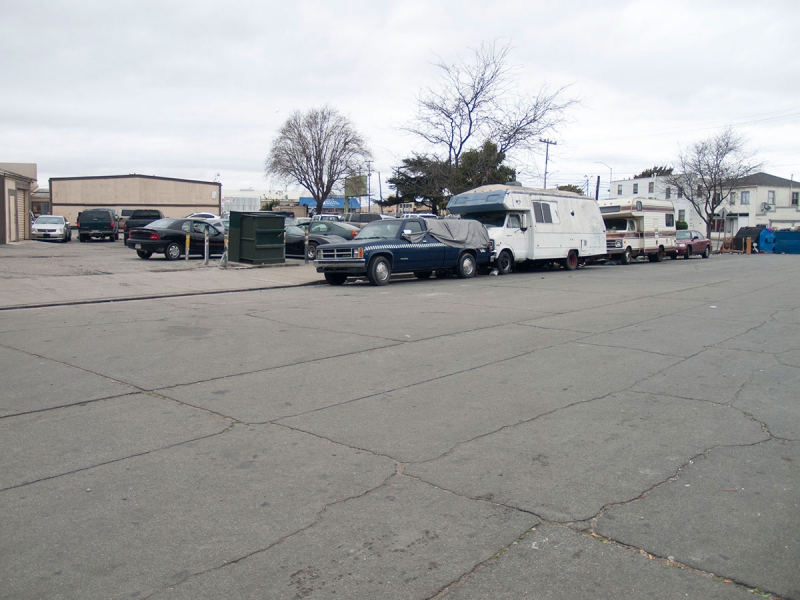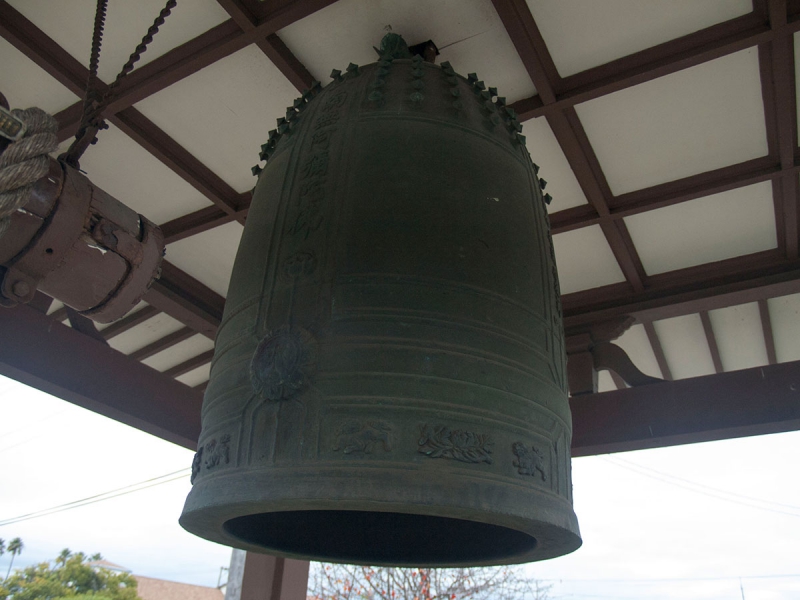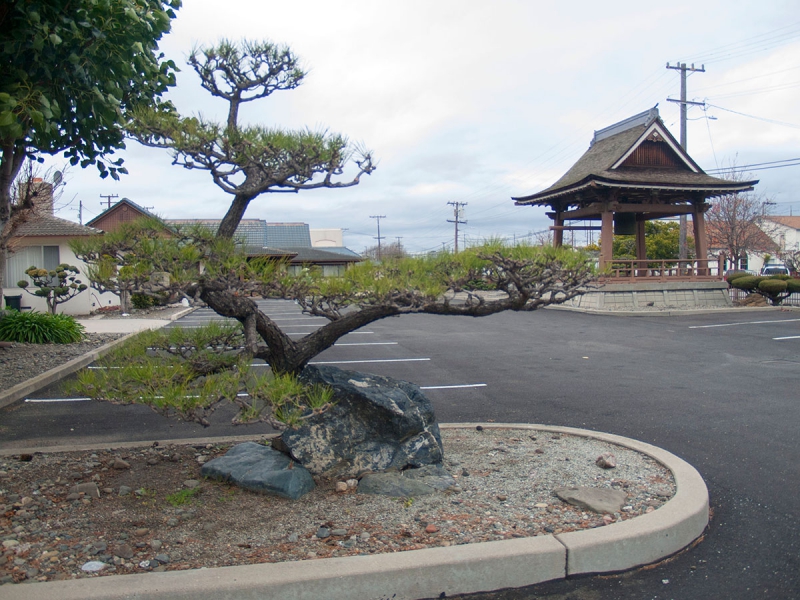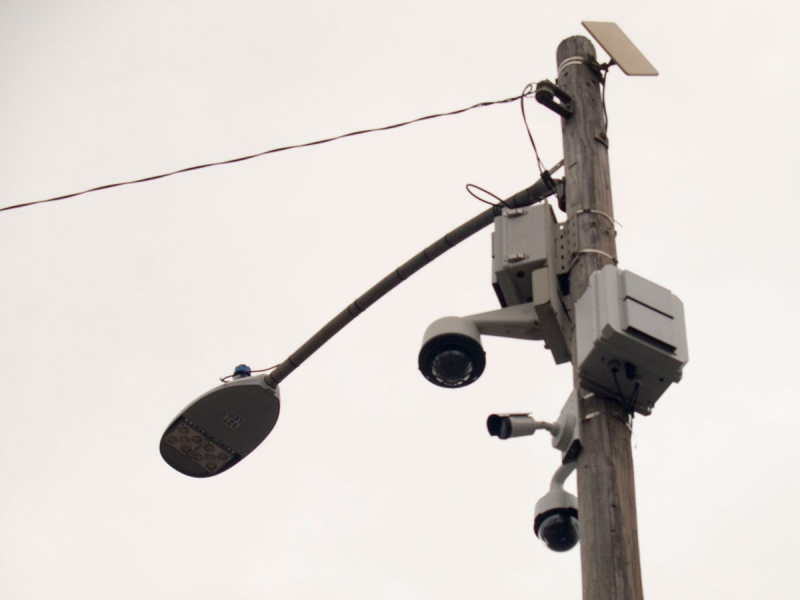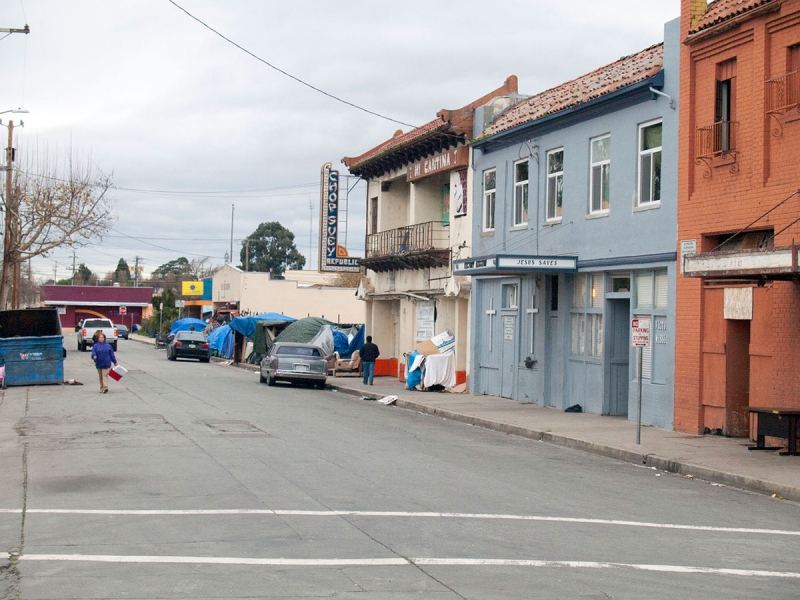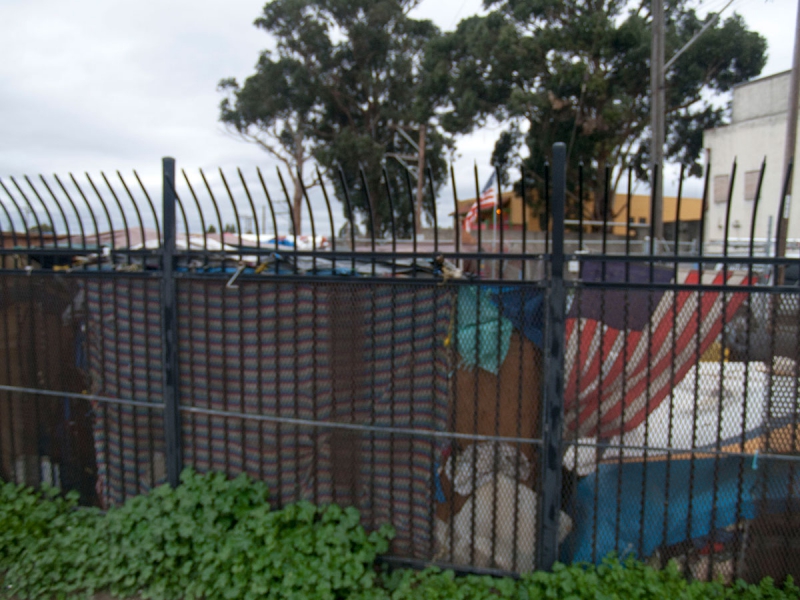A View of Salinas Chinatown
A View of Salinas Chinatown
By Bradley Allen (@BradleySA)
Salinas Chinatown, a six block, twenty-nine acre neighborhood, is a refuge for members of our society who have been marginalized and discriminated against. In March 2015, the Salinas Downtown Vibrancy Plan was approved by the city council "to address serious needs to update Downtown's infrastructure to assure pedestrian safety, calm vehicular traffic to encourage increased bicycle use, provide a sustainable parking strategy, and create a sense of place through art and culture that attracts visitors to a new, safe destination."
Taylor Farms
Taylor Fresh Foods (known as Taylor Farms) supplies processed produce to many of the largest supermarket chains and foodservice restaurants in the United States, including Darden Restaurants (whose holdings include the Red Lobster, Olive Garden, and Seasons 52 chains), plus Chipotle, McDonald’s, Subway, KFC, Long John Silver’s, Pizza Hut, and Taco Bell. According to information previously available on the Taylor Farms website, Taylor Farms has regional processing plants in the following locations: Salinas, California; Tracy, California; Gonzales, California; Yuma, Arizona; Dallas, Texas; Colorado Springs, Colorado; Smyrna, Tennessee; Orlando, Florida; Annapolis Junction, Maryland; Swedesboro, New Jersey; Chicago, Illinois; Kent, Washington and San Miguel de Allende, Mexico.
Mike, a man living on the streets of Chinatown, replied "Taylor Farms" when asked where the pressure on homeless people was coming from. In 2015, Taylor Farms, the world’s largest producer of cut vegetables and salads, built a five-story building in the middle of Oldtown Salinas for their corporate headquarters. Mike explained that Taylor Farms entertains guests from around the world and they don't like looking down during their BBQs on the fourth floor outdoor patio with panoramic views and seeing homeless people living in Chinatown.
The grand opening of Taylor Farms' new 100,000 square foot corporate headquarters coincided with hosting the first-ever "Forbes Reinventing America: The AgTech Summit" in July 2015. Featured speakers at the invitation-only conference included Dr. Robert Fraley, Vice President & Chief Technology Officer of Monsanto; Neal Gutterson, Vice President Agricultural Biotechnology of DuPont Pioneer; Bruce Taylor, Chairman and CEO of Taylor Farms; Kevin Murphy, CEO of Driscoll's; Garland Reiter, CEO & President of Reiter Affiliated Companies, among many others.
Speaking at the AgTech Summit in Salinas, Bruce Taylor, founder and CEO of Taylor Farms, boasted, "$25 billion in sales globally are generated out of offices in 100 countries and the companies are all based within 25 miles of where you are standing."
The Taylor Building is prominently featured as a case study in the Salinas Downtown Vibrancy Plan.
The Taylor Farms corporate headquarters building being constructed on the 100 block of Main Street represents a significant investment in downtown Salinas. Once complete, over 350 employees will work in the building, representing a new client base to downtown restaurants and shops. The headquarters will also bring out-of-town visitors who travel for corporate meetings. Parking and retail uses are also included with the project. This development represents the type of project that the Vibrancy Plan hopes to attract to downtown.
Salinas Downtown Vibrancy Plan
In the chapter titled Stimulating Development Activity, the Salinas Downtown Vibrancy Plan states:
Currently, the ITC (Intermodal Transportation Center), Bataan Park, and Chinatown are three separate areas, like islands, with no clear connection to Downtown (the mainland). A key component of making downtown vibrant is unifying these three spaces within the urban heart of the City of Salinas so they function together as one site.
The first step in generating the reconnecting energy is to build upon the 2010 Chinatown Rebound Plan. Specifically, to look at how it reconnects Chinatown to downtown at Pajaro Street and East Market Street via an at-grade pedestrian and bicycle crossing. At present, Chinatown is not a safe or desirable destination for visitors due to homelessness and substance abuse. This area needs attention so that it’s rich history and unique architecture can become an asset to the area.
Chinatown Renewal Project Plan
The 2010 Chinatown Rebound Plan is a 114-page document filled with great ideas, recommendations, designs, studies, examples, charts, photos, statistics, facts, goals, and plans. However walking through Chinatown in January 2016 and speaking with people living on the streets, it appears that very little progress has been made for the community's cultural preservation or to improve the conditions of people living on the streets.
In October 2009, the community celebrated optimistically with a lighting ceremony of the "Chop Suey" neon sign at the Republic Café on Soledad Street. The plan calls for the historic Chinese restaurant to be restored as the Salinas Chinatown Cultural Museum.
Salinas Chinatown Cultural Museum
Asian Cultural Experience (ACE), a vital organization preserving the history and legacy of Salinas Chinatown, provided guidance to Cal Poly (San Luis Obispo) Planning and Architecture students, working under Professor Margarita Yin and Richard Fe Tom, AIA to create "museum design options of the Old Republic Café which embraces the past, present and future heritage of the Chinatown Community."
Visually, it appears that no progress has been made for the realization of a Salinas Chinatown Cultural Museum at 37 and 39 Soledad Street, site of the Republic Café and Mi Cantina which was previously the Lotus Inn. An aging sign on the legendary building, described as having a "facade characterized by a Mexican clay tile fake mansard roof, and various Chinese designs and patterns," proclaims "Future Home for Asian Cultural Center."
Republic Café
In an application to the National Park Service / National Register of Historic Places prepared by Yi-Ching Hwang for the Salinas Downtown Community Board, the Republic Cafe is described as follows:
The Republic Cafe, built in 1942, was the response of the Ahtye family to the area’s growing need for a large restaurant capable of hosting frequent gatherings of up to 150 people. The building and the history associated with it portray perfectly the unique and complex past of Salinas Chinatown. Through the building, we get a glimpse of a bustling past where the restaurant offered both banquet feasts and small, private, curtained booths, providing a gathering place for the Chinese, Japanese, and Filipino communities to celebrate their cultural heritage. When the Federal Urban Renewal Program arrived in Salinas in the late 1950s and early 1960s, many of the buildings in the Chinatown area were declared unsafe, and consequently torn down. The Republic Cafe withstood the test of time and customer loyalty. It was one of the last active businesses in the district prior to its closing in 1988.
On July 14, 2011, the Republic Café was listed by the National Park Service in the National Register of Historic Places.
History of Salinas Chinatown
When somebody searches the internet for information about Salinas Chinatown, or hears something about the small community in the news, it's likely that the story is about homelessness and substance use. Both public institutions and private organizations, including the City of Salinas and the Oldtown Salinas Association, leave Chinatown completely off their lists of "Things to See & Do in Salinas" and "Attractions in Oldtown Salinas."
While the Salinas Downtown Vibrancy Plan respectfully acknowledges that Chinatown has a "rich history and unique architecture," neither are mentioned on the "History of Salinas" page on the City's website. Regrettably, Salinas Chinatown is only mentioned briefly on the website operated by the Monterey County Historical Society, a non-profit organization based in Salinas.
Fortunately, successful efforts have been taken to wonderfully document Salinas Chinatown's history. The following narrative written by Asian Cultural Experience (ACE) is republished here in an effort to share important cultural history which can be difficult to uncover.
Salinas Chinatown is an historical “gold mountain.” Established on Soledad Street in 1893, after the first Chinatown burned down, Salinas’ Chinatown is the largest extant Chinatown between San Francisco and Los Angeles. It is an important crossroads in California immigrant history. It was home to successive waves of immigrant labor that formed the backbone of California’s agricultural economy: Chinese in the 1860s, Japanese in the 1890s, Filipinos in the 1920s, and Mexican “braceros” in the 1940s. These ethnic communities coped with marginalization and discrimination as they coexisted and sought to establish homes and livelihoods as immigrant laborers. As these communities dispersed with urban renewal in the 1970s and 80s, Chinatown suffered deterioration. Thriving businesses closed and buildings were boarded up.
This tiny enclave contains a ‘root’ California story that is little known within and outside the local community. If walls could speak, this rundown neighborhood on the other side of the railroad tracks from Main Street would tell a rich multi-ethnic story of agricultural development, labor movements, daily life and low life, celebrations and struggles, collaboration and tension, discrimination and solidarity. The story of Chinatown’s past gives insight into contemporary struggles around immigration, integration, and socio-cultural marginalization, through the persistence of inter-ethnic ties and collaboration in the present.
Additional Resources for More Information
Salinas Chinatown:
- Imagine Salinas Chinatown: An Oral History Walking Tour
- A Neighborhood Forgotten, 2005 (video)
- Portraits of Chinatown (video)
- Salinas Downtown Community Board
- Housing the homeless requires political will and a lot of cash, but is it doable?
- Dorothy's Place
- CSUMB Chinatown Renewal Project
- Salinas plans to buy tax-burdened Chinatown building for homeless services
Taylor Farms:
Get Involved
If you'd like to help with maintaining or developing the website, contact us.
Publish
Publish your stories and upcoming events on Indybay.


